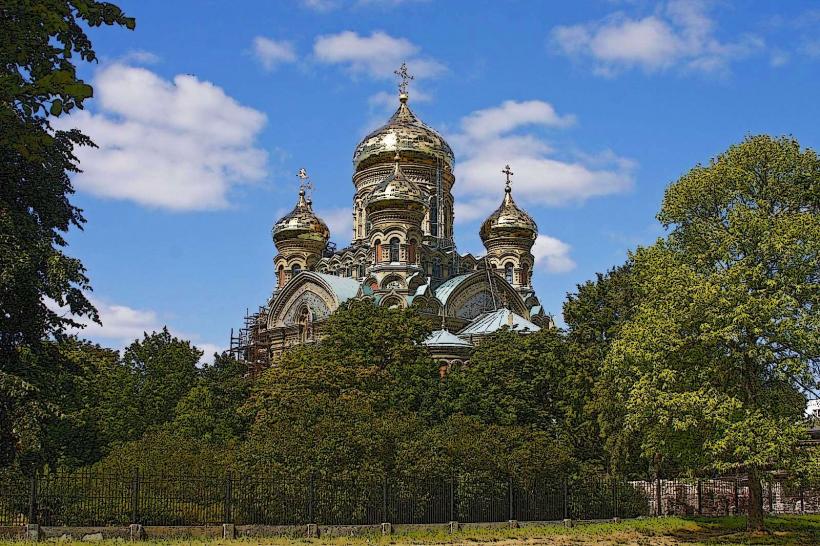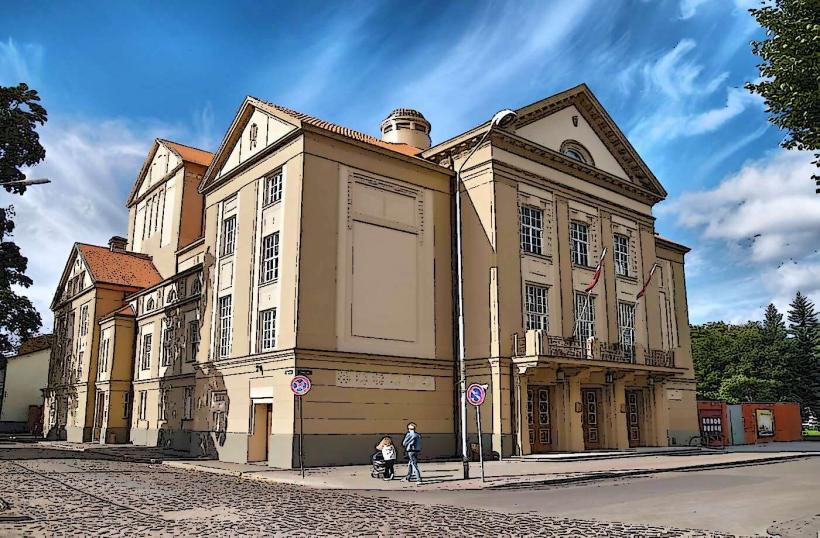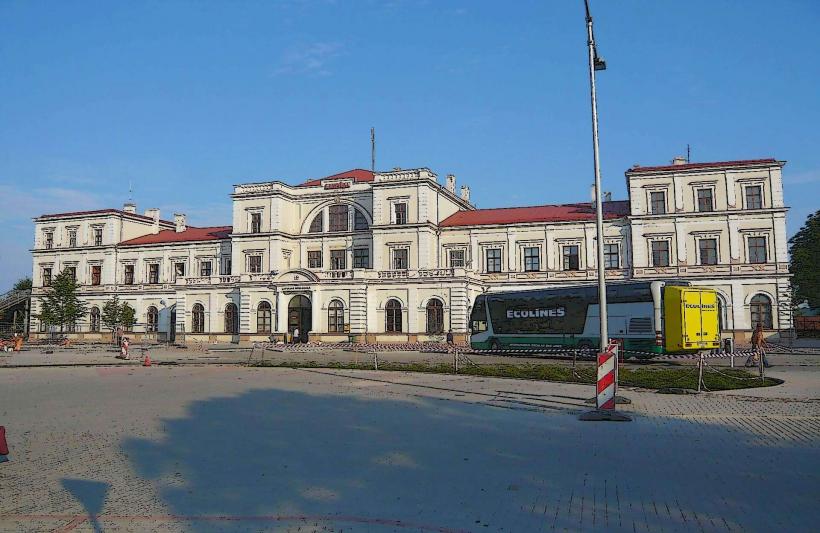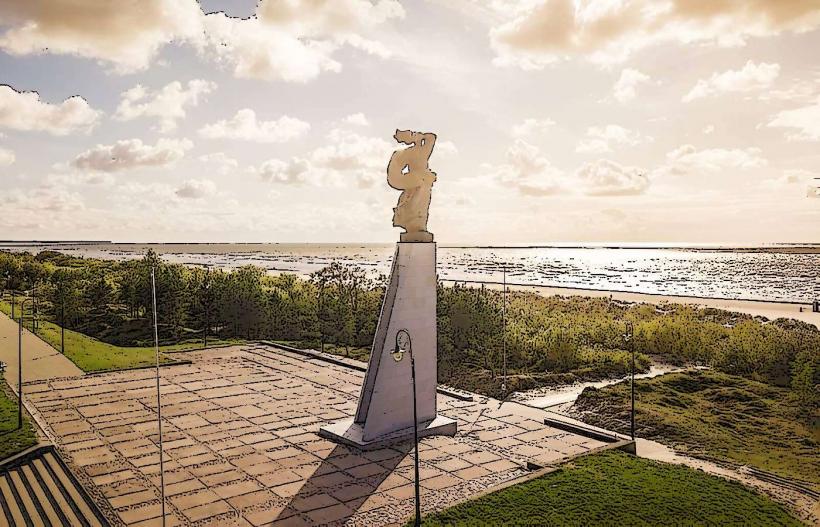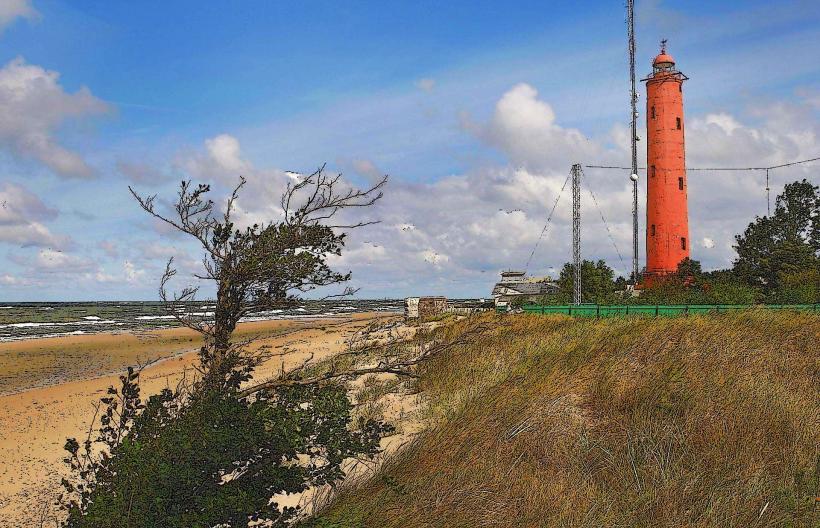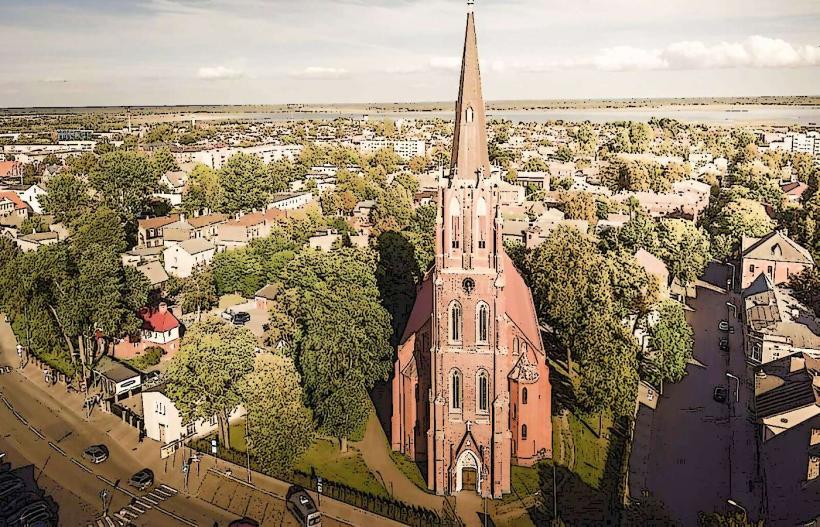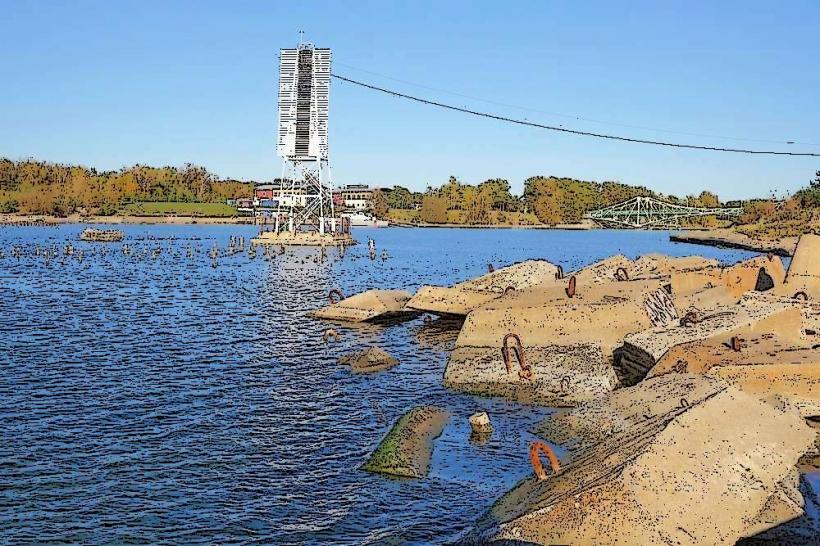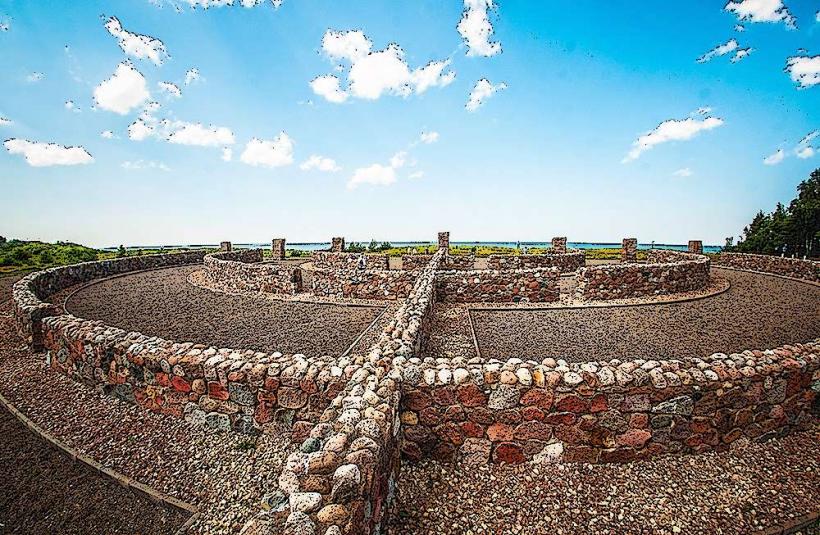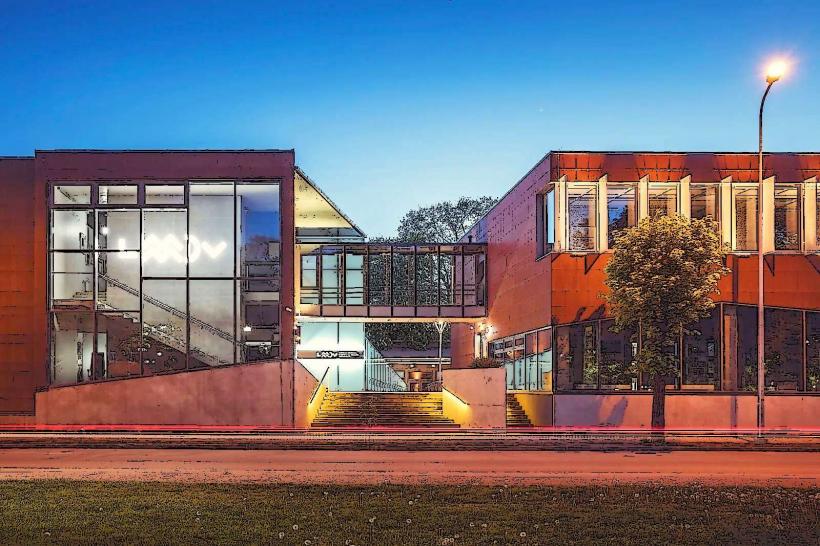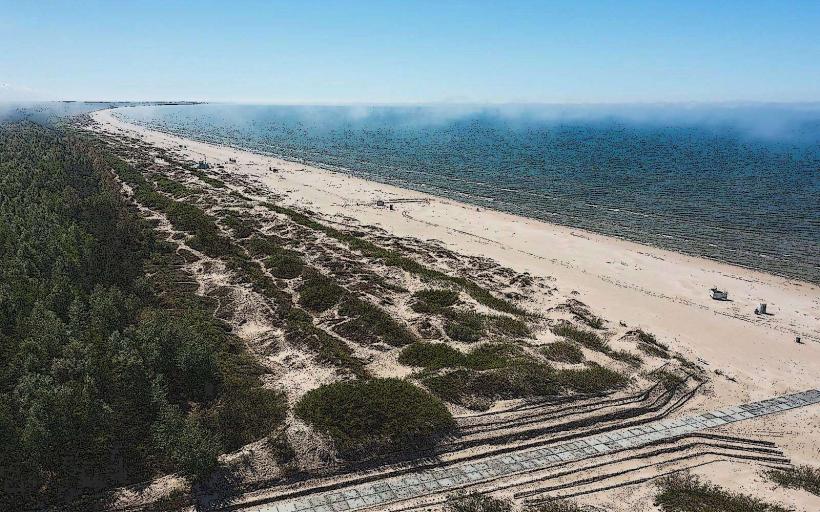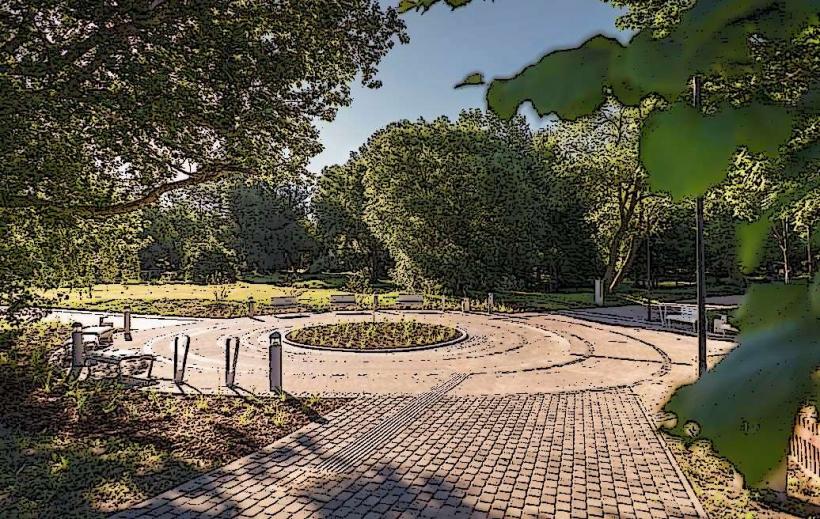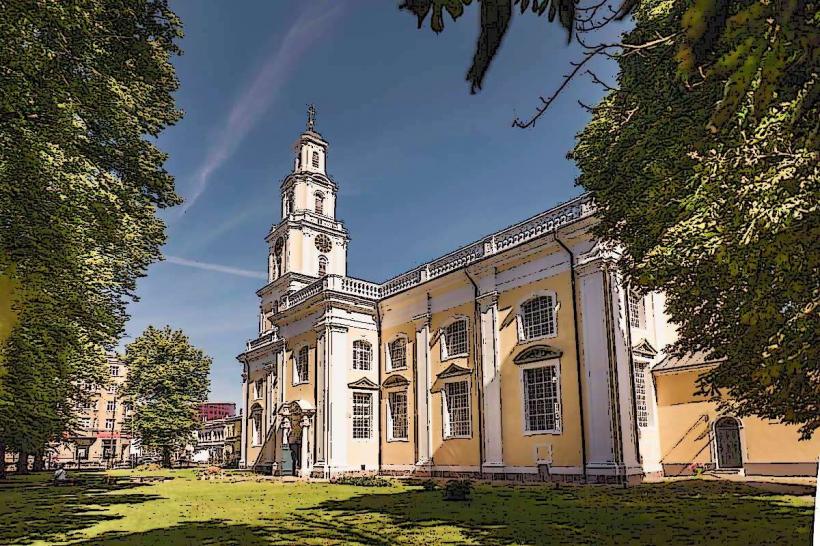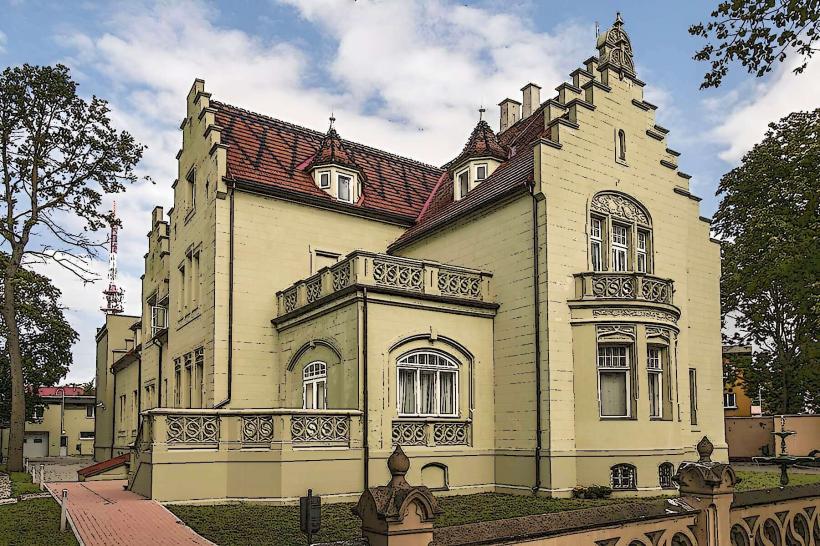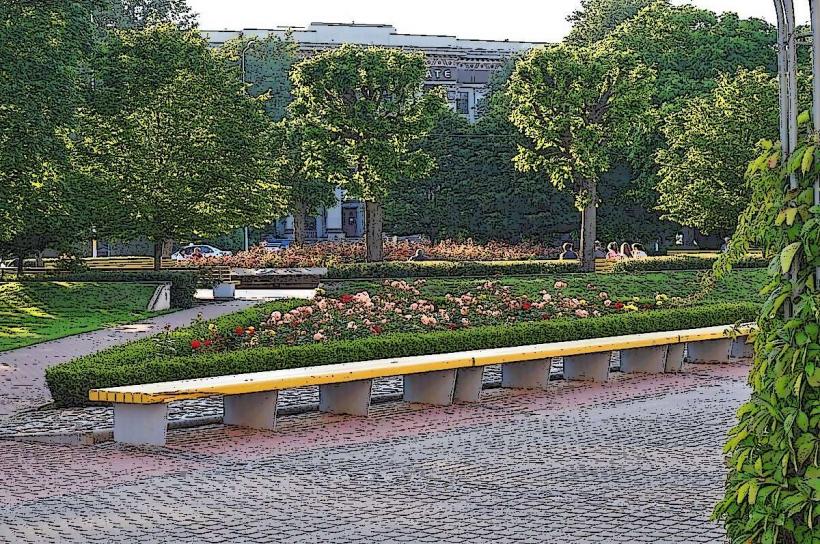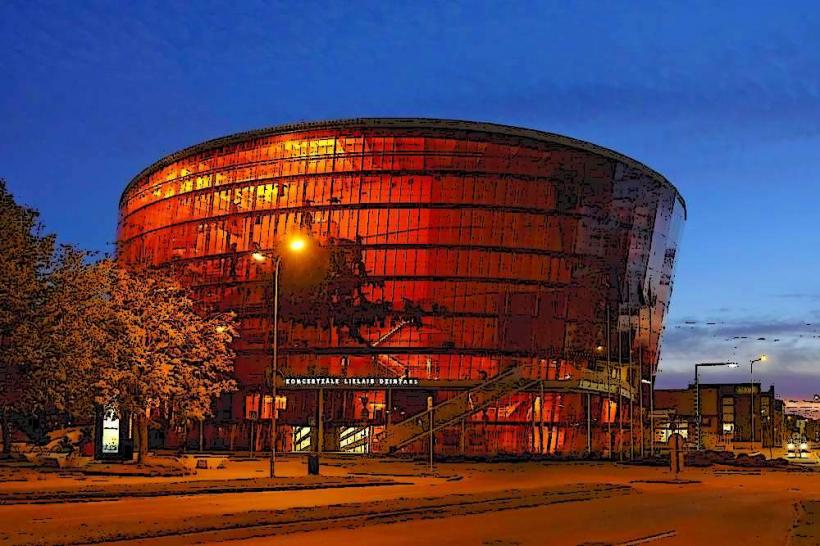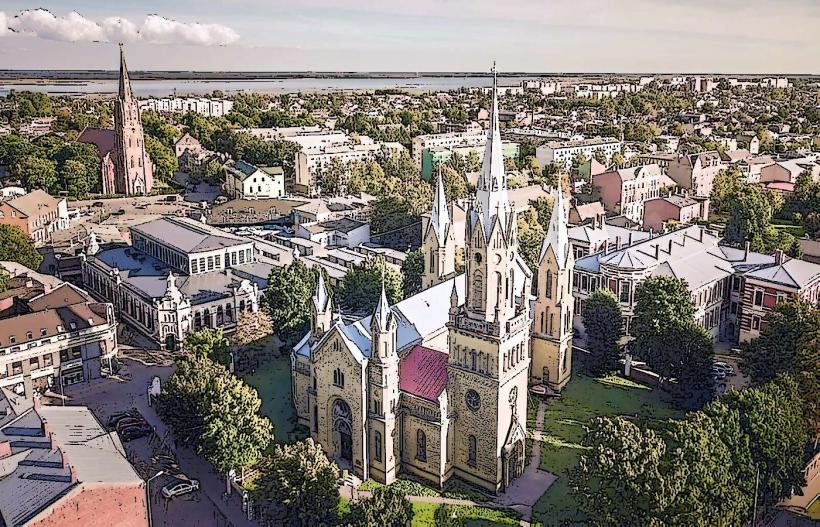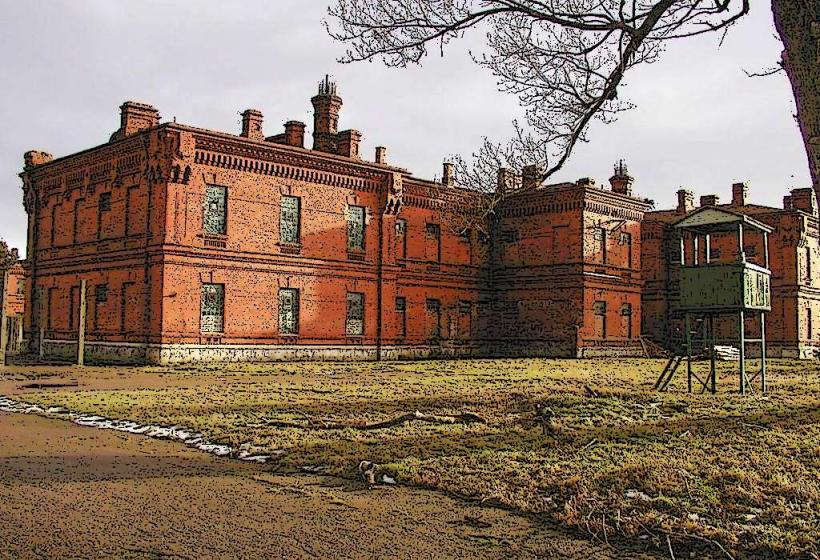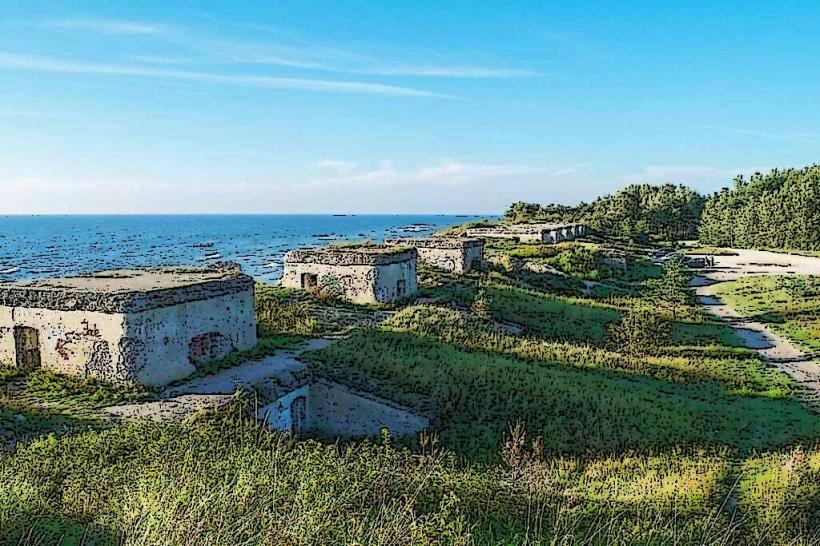Information
Landmark: Peter's Market (Pētertirgus)City: Liepaja
Country: Latvia
Continent: Europe
Pētertirgus (Peter's Market) is one of the oldest and most significant markets in Riga, Latvia. Situated in the Pētersala district, the market has been a central hub for local trade and commerce for centuries. Its history, location, and unique character make it a prominent part of Riga’s cultural and commercial landscape.
History and Background
- Foundation and Early History: Pētertirgus dates back to the Middle Ages. The market was initially established in the area around St. Peter's Church (hence the name), which has been a focal point for commerce since the church’s construction in the 13th century. Over the centuries, the market grew in importance as Riga became a central point for trade in the Baltic region, particularly as the city was part of the Hanseatic League in the 14th and 15th centuries.
- Medieval Trading Hub: During the medieval period, the market catered to both local residents and merchants from across the region, including those traveling by land and sea. Goods traded at the market ranged from everyday necessities to luxury items, contributing to the city’s economic development.
- Modern Era: In the late 19th and early 20th centuries, as Riga industrialized, Pētertirgus became increasingly modernized. It was reconstructed and expanded to accommodate the growing population and the increasing demand for goods. The market has continued to evolve over time, adapting to modern needs while retaining its historic charm.
Architecture and Layout
- Location: Pētertirgus is located near St. Peter’s Church, a major landmark of Riga’s medieval architecture. The market area is close to the Daugava River, which historically provided a major route for goods arriving by sea. This location has always been crucial for its accessibility and importance as a trading center.
- Market Buildings: Today, the market consists of a mix of historical buildings and newer constructions that support the market’s operation. The traditional structures are designed in the Baltic and Art Nouveau styles, with large open spaces and high ceilings to accommodate various types of goods, from fresh produce to meats and textiles. The layout is practical, with specific areas dedicated to different types of goods.
- Stalls and Vendors: The market is known for its wide range of offerings, including fresh fruits, vegetables, local meats, dairy products, handmade goods, and more. Many of the vendors at Pētertirgus have been part of the market for generations, contributing to its sense of tradition and community.
Products and Services
- Fresh Produce and Local Goods: One of the main draws of Pētertirgus is its fresh produce. Visitors can find a variety of fruits, vegetables, fresh fish, and local meats, with many vendors selling goods that are sourced from Latvia's rural areas. The market is known for its emphasis on locally produced food, much of which is organic or produced with traditional methods.
- Traditional Latvian Products: The market is also an excellent place to find handcrafted goods that reflect Latvia's cultural heritage. These include handmade textiles, pottery, wooden items, and local cheeses and other culinary specialties. Pētertirgus serves as an important location for those interested in Latvian artisanal products.
- Flowers and Plants: There are several stalls at Pētertirgus selling flowers, plants, and gardening supplies. This adds a touch of color and natural beauty to the market, making it a vibrant place to visit, particularly in the spring and summer months.
- Prepared Foods: Alongside fresh goods, the market also offers various prepared foods, such as traditional Latvian pastries, sauerkraut, and smoked fish. This provides an opportunity for visitors to sample local flavors and enjoy the bustling atmosphere.
Cultural and Social Role
- Community Gathering: Pētertirgus has long served as a social and cultural hub for the local community. It is not only a marketplace but also a place where people gather to socialize, exchange news, and meet with neighbors. Its historical significance as a central point in Riga has helped it maintain its status as an important part of daily life for the people of Riga.
- Cultural Events and Festivals: The market also hosts occasional festivals, food fairs, and cultural events, where local artisans, musicians, and chefs showcase their talents. These events help to highlight Riga’s rich cultural heritage and provide visitors with an opportunity to experience local traditions.
- Traditional Atmosphere: Despite the modern development in other parts of the city, Pētertirgus retains a unique, traditional atmosphere. The market continues to draw people from all walks of life, including locals who have been coming for generations, and tourists who are keen to experience Riga’s vibrant local culture.
Visitor Experience
- Opening Hours: Pētertirgus is generally open every day, although specific hours may vary depending on the season. It is especially busy in the mornings, as locals shop for fresh ingredients to prepare for the day’s meals.
- Atmosphere: Visitors to Pētertirgus will experience a lively and authentic atmosphere. The mix of local vendors, customers, and tourists creates a unique energy that reflects Riga’s spirit. The market's location near St. Peter's Church and the Daugava River provides a picturesque backdrop for shopping and exploring the area.
- Accessibility: The market is easily accessible from other parts of Riga, and it is within walking distance of many of the city's major attractions. It’s a popular destination for anyone interested in experiencing local life, especially those looking to sample traditional Latvian food and products.
Conclusion
Pētertirgus is not just a market; it is a living piece of Riga’s history and culture. With its long-standing tradition as a trade center, its vibrant atmosphere, and its focus on local produce and craftsmanship, the market is an essential part of life in Riga. Whether you’re looking for fresh food, local goods, or a taste of Latvian culture, a visit to Pētertirgus offers a unique and authentic experience. It remains one of the best places to get a sense of the city’s heritage and connect with its community.

